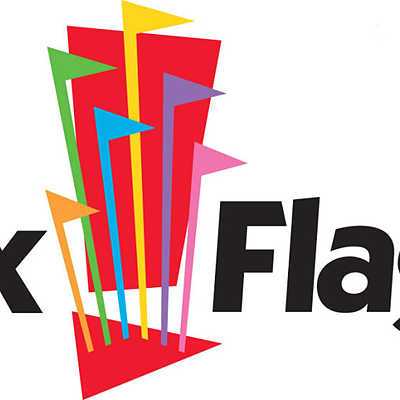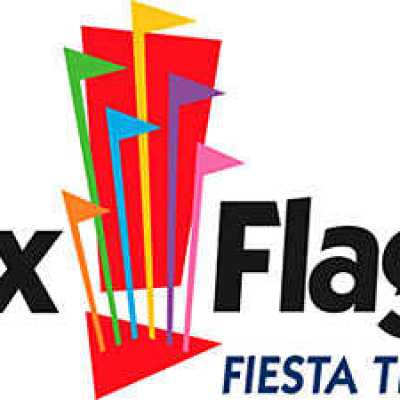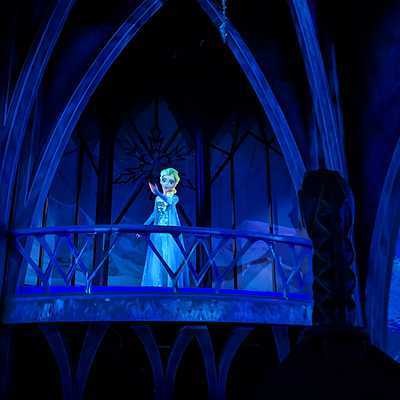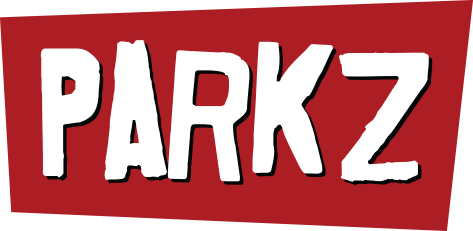Six Flags files for Bankruptcy
Six Flags, one of North America's largest theme park chains, has filed for bankruptcy. What does this mean for their business model and the theme parks it has inspired theme parks around the world?
In an unsurprising move by the US theme park giant, Six Flags has filed for Chapter 11 Bankruptcy protection, in order to cut USD$1.8 billion in debt. The company has been struggling for a number of years with consistent losses and most recently has downsized by shedding many of their under-performing theme parks.
With commentators in recent years decrying the company for its lack of cohesive business strategies that reflected on their annual balance sheets, it comes as no real surprise. All this latest development does is take the question mark that was put next to their business model and turn it into a cross.
Also not surprisingly, the current economic situation of the world and in particular the United States plays little role in the announcement. Six Flags saw record revenue in 2008, but it simply wasn't enough to curb growing debt that came about largely through reckless expansion of the company that started in the 1990s and continued into the 2000s.
The overriding model that was put into place at their parks across the United States was one of cutting costs while regularly adding new attractions. The fundamental thinking was that new blockbuster attractions would keep the parks' attendance up, while reducing expenditure in other areas of the park would boost profits. And this worked for a few years... sort of.
The biggest cause of this latest announcement was its aggressive acquisition of regional theme parks across the United States. They'd buy mid-sized regional theme parks, spend a hefty sum on shiny new attractions to rebrand the park as Six Flags, and watch them do wonders for a year or two. This led to huge levels of debt that quickly became unmanageable, accelerated by the first issue of letting the overall quality of the non-new aspects of the parks go to waste in an effort to cut costs.
The company essentially banked on the notion that the average park-goer sees shiny big rides and attractions and makes their decision to buy then and there. It was assumed that the $20 parking fee, overpriced and low-quality food, minimal service and slow or closed attractions would all be overlooked and not impact their decision to visit. The problem was it seems that many people would visit once, but simply not return.
Unfortunately Six Flags seem to have been counting on a lack of emotional response. They figured if enough people saw the ad on TV for the shiny new ride, turned up and paid for all the bells and whistles then they'd be home free. Unfortunately, it seems park-goers do respond negatively when they're faced with one good thing and a dozen mediocre or bad things. There's no readily available market research that shows this to be the case, but when you consider that Six Flags offers a product fundamentally identical to its major competitors like Cedar Fair, and with similar marketing strategies in place, it's plain that maybe the (unintentional) ghetto vibe that every Six Flags park I've walked into has presented really does rub people the wrong way.
The upturn in attendance for the company in 2008 could be put down to strategies implemented in recent years to move them away from this failed business model. It seems they were on track, but maybe a decade too late. Six Flags have vowed that filing for Chapter 11 won't affect the operation of their parks, but don't expect to see the real affects of all this until 2010.
Anyone that's read the Parks Forums in the past year or so should see that there are many parallels to be drawn between Six Flags' model and how Australia's theme parks are becoming. Dreamworld has been on a path of aggressive cost-cutting for several years now, while it only seems to have just begun at WVTP's Sea World and Warner Bros. Movie World.
Granted, anything like Six Flags' filing for bankruptcy is incredibly unlikely to occur with our profitable theme parks, but should our parks be reconsidering just what does and doesn't constitute a sound business model and long-term strategy for the sake of maintaining this profitability?
Featured in this article
Recent articles

Now trending






















